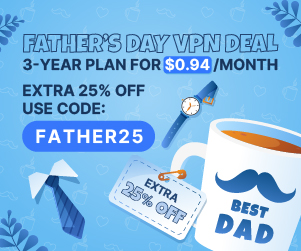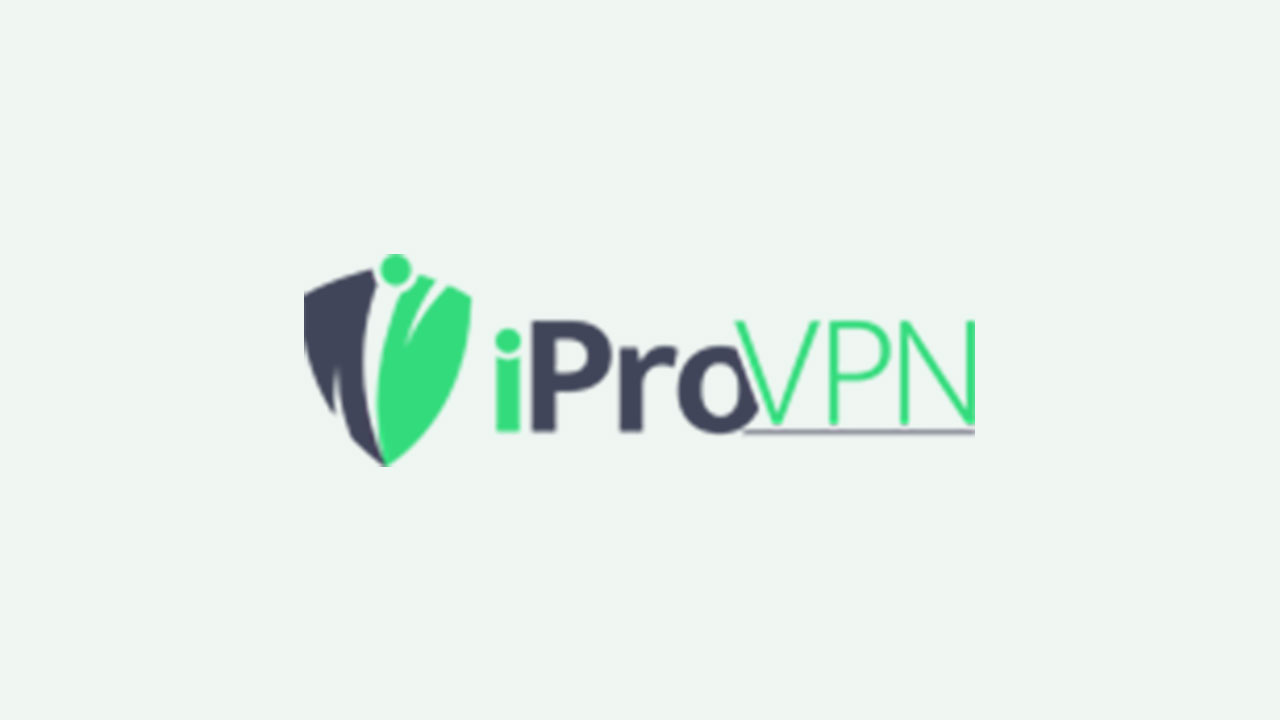
How to Bypass Paywalls in 2026 (Ethically and Effectively)
Since I heavily depend on reading for work and interest, I tend to browse articles from every corner of the internet. Although I’m already subscribed to some reliable sources, I sometimes come across an article on a site I don’t normally visit, perhaps it’s a timely analysis or a detailed report I would like to read. But let’s face it: paying for a full subscription just to access one piece isn’t always worth it.
If that rings a bell, you’re not the only one. Most of us come across paywalls when we least anticipate it. The good news is that there are clever and easy ways to read these articles without subscribing to every subscription known to man. In this article, I’m going to give you useful hacks for reading paywalled content without breaking any rules.
Understanding Paywalls: Why They Exist and How They Work
As a child, reading was not just a routine; it was my escape route, my learning experience, and, ultimately, the beginning of my writing career. I still recall cycling all over town just to pick up the morning paper, perusing every page with interest, particularly the entertainment section. Flash forward to the present, and that same penchant for stories has been transferred from paper to screen. Newspapers and magazines that used to clutter our coffee tables now exist online, disseminating their message to the world at the click of a button.
And with this move online came a new question: how do online newspapers make money in a world where so much is supposed to be offered for free? The answer is paywalls. These are paywalls that limit content to paying readers, allowing publishers to generate income, pay for quality journalism, and preserve trusted reporting, rather than depending exclusively on advertisements, most media organizations currently employ paywalls to sustain the individuals who toil behind the scenes-writers, editors, photographers-to keep the stories that matter to us ongoing.
Various Kinds of Paywalls and How They Operate
Not all paywalls are equal. Some tease you with a sample before requiring payment, while others close the door entirely unless you’re a subscriber. Here’s how the most popular kinds you’ll find online, and how each works:
-
Hard Paywalls
These are the most restrictive. You won’t even get a glimpse if you’re not a paying subscriber. Hard paywalls shut down access to material entirely unless you have bought a subscription. Journals such as The Wall Street Journal and Financial Times operate based on this system in order to preserve exclusivity and constant revenue.
-
Metered Paywalls
Consider these a fair midpoint. Metered paywalls enable you to read a fixed number of complimentary articles – typically per month, before barring access. When you reach the threshold, you’ll be required to subscribe in order to carry on. The thought is to provide sufficient free material to captivate you so that you realize you want to subscribe.
-
Soft Paywalls
Soft paywalls are the most accommodating. You may be able to access a number of articles or even complete sections without having to log in or pay. These systems tend to display periodic pop-ups or reminders prompting subscriptions but won’t stop you dead in your tracks. Platforms such as Medium and The New York Times tend to employ soft paywalls to balance reach with revenue.
Each type is intended to address a different business model, but they all have one aim in common: funding journalism while providing different levels of reader access.
Why Do Sites Place Content Behind Paywalls?
In a world where everything is so easily accessible with a click, it may seem unusual to come across a virtual “toll booth” that demands you pay upfront to read an article. But paywalls are not necessarily designed to annoy readers-rather, they play a far more significant role in the online media environment today. Here’s a new perspective on why sites are increasingly adopting paywalls:
-
To Support the Investment of Producing High-Value Content
Behind every well-researched report lies a team of experts journalists, editors, fact-checkers, designers – working tirelessly to bring good and interesting stories to life. Unlike clickbait or AI-produced puff pieces, quality journalism doesn’t come on the cheap. Paywalls provide a means for publishers to receive compensation directly from their audience instead of having to depend on ads alone. That money goes toward paying for investigative reporting, in-depth features, and content that educates and empowers readers.
-
To Create a Community of Devoted Readers
When a reader subscribes, they’re not simply opening up access to content, they’re investing in a brand, a cause, or a voice they believe in. Paywalls tend to create long-term reader relationships by inviting individuals to come back regularly, engage more meaningfully, and feel like they belong to an exclusive community. This kind of loyalty accelerates growth and makes publications distinctive in a crowded digital environment.
-
To Present a High-Quality Audience to Advertisers
From an ad’s point of view, a paying reader is much more valuable than a clicker who bounces. A paywall serves as a filter, eliminating superficial skimmers and bringing in readers who are interested. This builds a high-quality audience, precisely what advertisers want. It also provides an opportunity for more targeted, relevant, and less obtrusive ad experiences.
5 Tested Methods Which Really Work to Get Around Paywalls
Method 1: Read Paywalled Articles Immediately with ProReader.io
If you’re searching for an easy and convenient method to unlock paid content, ProReader.io is an excellent choice. It’s a trusted online program that can skirt paywalls on soft and hard paywall websites within seconds. If it’s a breaking news story from a leading source or a comprehensive feature on the site of a magazine, ProReader.io can provide instant access without any hassle.
How to Use ProReader.io:
- Copy the link of the paywall article.
- Go to ProReader.io and enter the link into the search bar.
- Click the search button, and in seconds, the complete article is all yours to read.
Ideal For:
- Soft Paywalls — When you reach your free article quota but you don’t want to stop reading.
- Hard Paywalls — When all content is behind a paywall until you subscribe.
A Quick Heads-Up:
Frequent usage of ProReader.io within a limited timeframe may provoke occasional blocks, limiting your access for hours or even days. Therefore, use it judiciously to prevent interruptions.
Method 2: Bypass Location-Based Restrictions Using a VPN
Most websites restrict viewing some articles or materials depending on where you’re accessing from. This implies some features or stories may be viewable only within specific countries or regions. A VPN (Virtual Private Network) allows you to bypass these geo-blocks by concealing your actual IP address and simulating that you’re accessing from somewhere else.
How to Use a VPN to Access Geo-Restricted Content
- Choose a trusted VPN service – iProVPN is a popular and reliable choice.
- Download and install the VPN app on your device.
- Open the app and connect to a server located in a country where the content is accessible (for example, select a U.S. server if the article is only available there).
- Once connected, visit the site as usual and enjoy unrestricted access to the region-locked content.
Best For:
- Viewing articles, videos, or reports available only in some countries.
- Constant travelers who prefer to stay updated on news back home or read world outlooks.
Step 3: Use Private Browsing to Reset Your Access
One easy and efficient trick for avoiding soft paywalls is to access your browser’s private or incognito mode. Most websites restrict the number of free articles you see by following your visits with cookies. When you surf privately, your browser isn’t carrying forward those cookies, so the site thinks you’re a new visitor, providing you with new access to content.
How to Activate Private Browsing:
- Chrome: Click the three-dot menu (top right) and select New Incognito Window.
- Firefox: Click the three-line menu and choose New Private Window.
- Safari: Go to File in the menu bar and select New Private Window.
Keep in mind that this method is most effective against paywalls that rely on cookie tracking. If a site uses more advanced measures like IP tracking or a hard paywall, private browsing alone won’t bypass the restriction.
Method 4: Access Articles through Google’s Cached Pages
Google Cache stores copies of web pages as they existed when most recently crawled by Google. Frequently, these cached copies contain the complete content even if the live site now hosts that content behind a paywall. This renders Google Cache a convenient means to access articles without paywalls, particularly for sites commonly indexed.
How to Use Google Cache to Read Paywalled Content
- Type the article title or URL into Google’s search bar.
- Navigate to the corresponding search result, and tap the three-dot menu alongside the link.
- Choose “Cached” from the dropdown.
- Navigate through the stored snapshot, where the entire article is normally still available.
This approach is optimal for regularly updated sites in Google’s index and usually works for soft paywalls or content still accessible via cached snapshots.
Method 5: Clear Your Browser Cookies to Reset Article Limits
Sites typically use cookies to track the number of articles you’ve read, limiting access after you reach their free threshold. By clearing those cookies, you essentially remove that tracking, resetting you to be able to access more content without a paywall.
Steps to Clear Cookies:
- Open up your browser’s settings menu.
- Go to the Privacy or Security options and find the cookie management settings.
- Select to clear browser data, with emphasis on cookies and site data.
- Alternatively, remove cookies for the website you are attempting to visit specifically by looking up its URL in your cookies settings.
- Reuse the article page, and your access must be refreshed.
Remember, this method is only effective against soft paywalls that use cookies to monitor your reading habits. Hard paywalls or other forms of monitoring won’t be disrupted by clearing cookies.
Conclusion
In summary, though paywalls assist in funding quality content and journalism, there are various effective and ethical means of accessing paywalled articles when required. Through private browsing, cookie clearing, VPNs, or archive websites, you can remain well-informed without redundant subscriptions, always keeping the aspect of respect for content creators in view.
iProVPN encrypts your data for protection against hackers and surveillance. Unblock your favorite streaming platforms instantly with the best VPN for streaming.
Start Browsing Privately!





